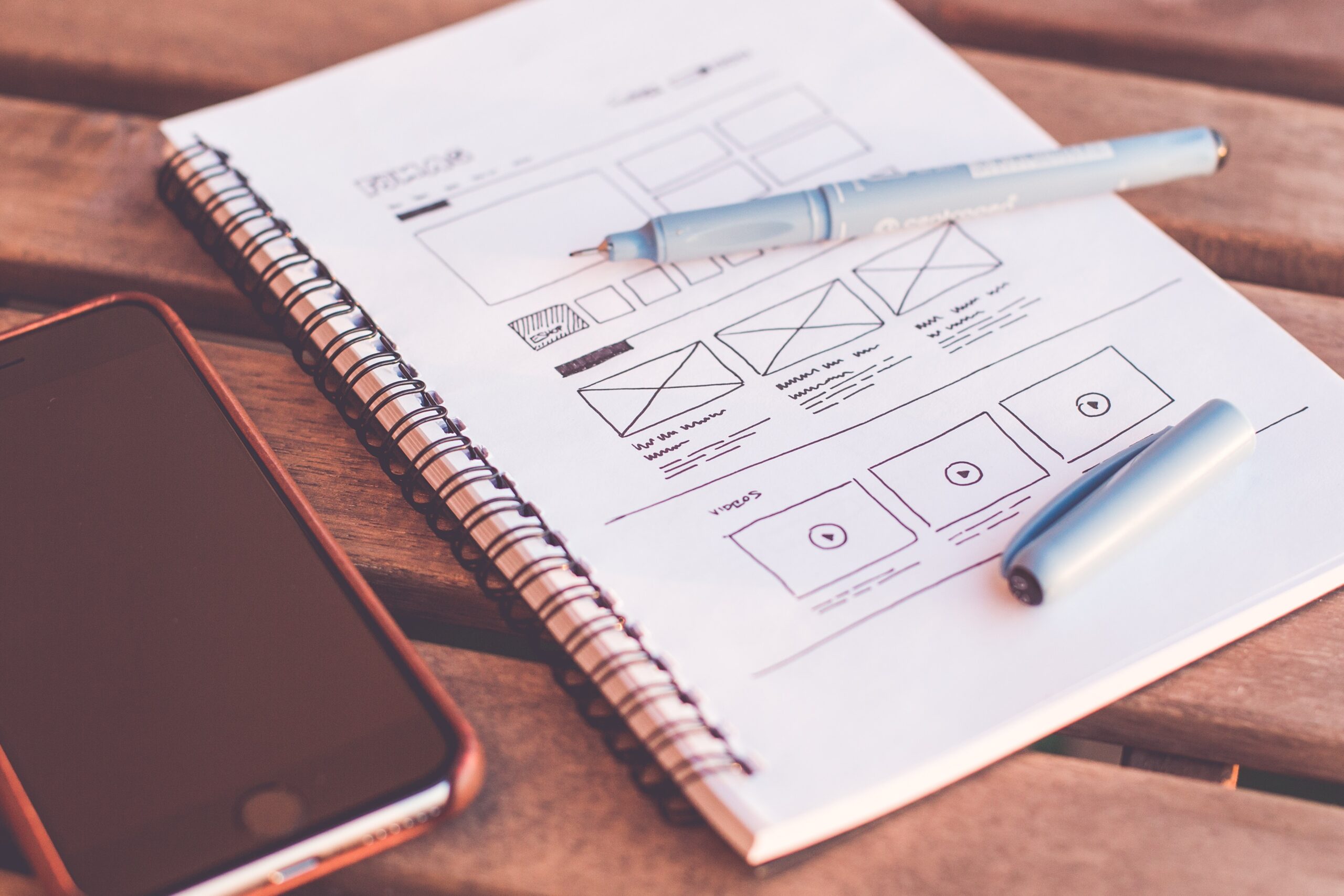When it comes to designing a website, the aesthetics and visual appeal play a vital role in attracting and retaining visitors. However, there is much more to website design than just the surface-level design elements. The underlying psychology behind website design can be used to influence visitor behavior and ultimately, drive conversions. In this blog, we will delve deeper into the psychology of website design and how to use it to your advantage.
First Impressions Matter
When a visitor lands on your website, they form an impression within a few seconds. This first impression can have a significant impact on whether the visitor decides to stay or leave the website. It is essential to design the website in a way that creates a positive first impression. This can be achieved through the use of visually appealing design elements such as color, typography, and imagery. Additionally, it is important to ensure that the website is user-friendly and easy to navigate.
The Power of Color
Color can have a significant impact on a visitor’s emotions and behavior. Different colors can evoke different emotions, and as such, the choice of color can impact the success of your website. For example, blue is often associated with trust and security, while red is associated with excitement and urgency. It is important to choose colors that align with the message and brand of your website.
The Importance of Imagery
Images play a crucial role in website design. The use of high-quality and relevant imagery can help create an emotional connection with the visitor, leading to increased engagement and conversions. It is important to use images that align with the message and brand of your website and are optimized for web use to ensure fast loading times.
The Role of Typography
Typography refers to the style and arrangement of text on a website. It can have a significant impact on the readability of the website and the visitor’s overall experience. The choice of font, size, and spacing can impact the legibility and comprehension of the content. It is important to choose typography that is easy to read and aligns with the message and brand of your website.
The Influence of Social Proof
Social proof refers to the concept of people being influenced by the actions of others. In the context of website design, social proof can be used to influence visitor behavior. This can be achieved through the use of customer reviews, testimonials, and social media shares. Including social proof on your website can help build trust and credibility, leading to increased conversions.
In conclusion, website design is more than just the visual appeal. The psychology behind website design can be used to influence visitor behavior and ultimately, drive conversions. By paying attention to first impressions, color, imagery, typography, and social proof, you can create a website that not only looks good but also performs well.

